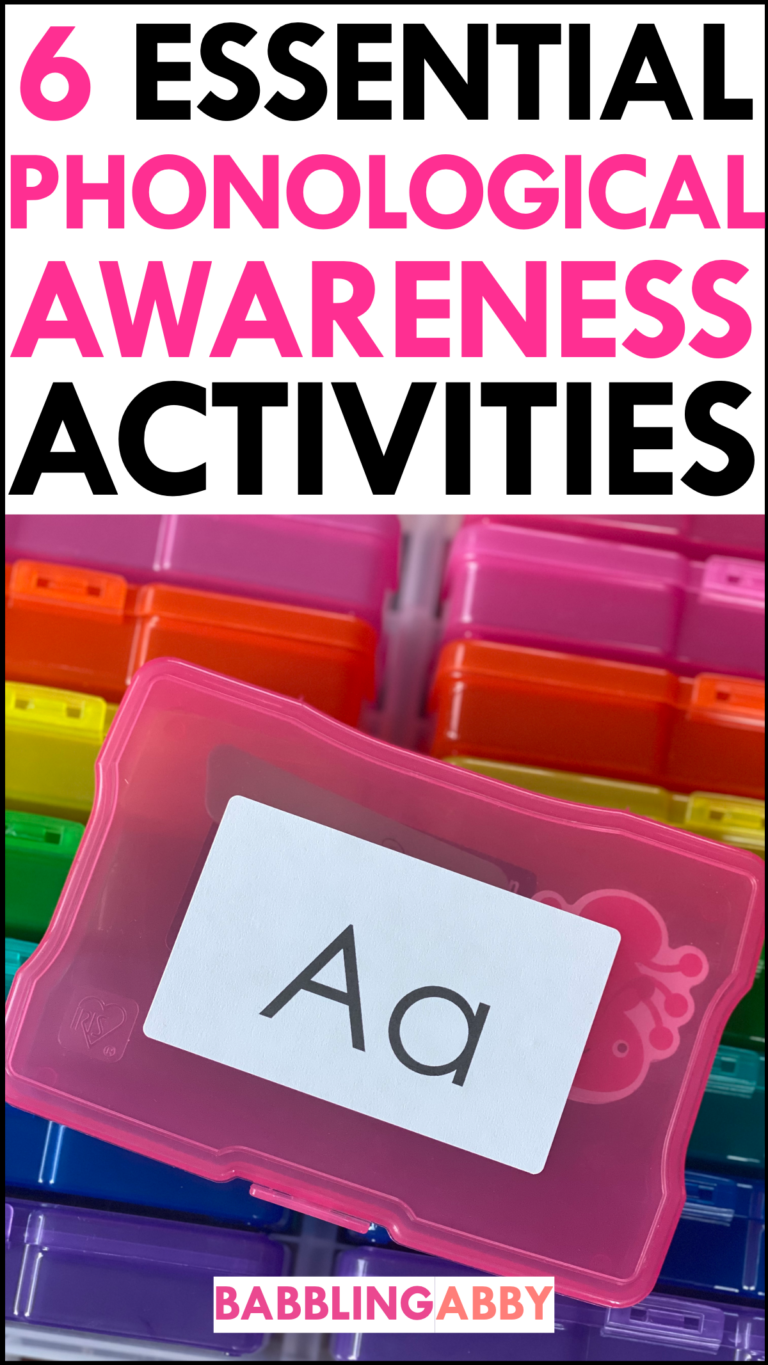

Learn how to have fun and teach non-standard measurement, counting, and writing numerals by measuring objects with toilet paper. Perfect for kids at home!
Measuring objects with toilet paper can roll out a lot of fun when you’re stuck inside and have some excess rolls on hand! Perfect for teaching non-standard measurement, counting, and writing numerals, too!
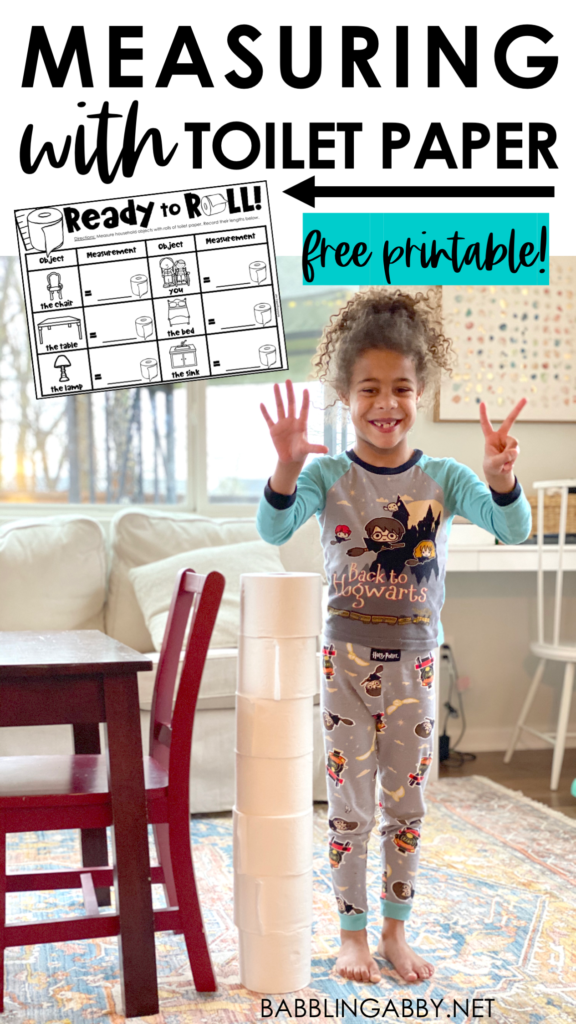
Because many of us have additional rolls of toilet paper on hand, I thought this was a great time to have fun with a non-standard measurement activity! And, it’s always nice to do a simple activity with things you already have on hand at home.
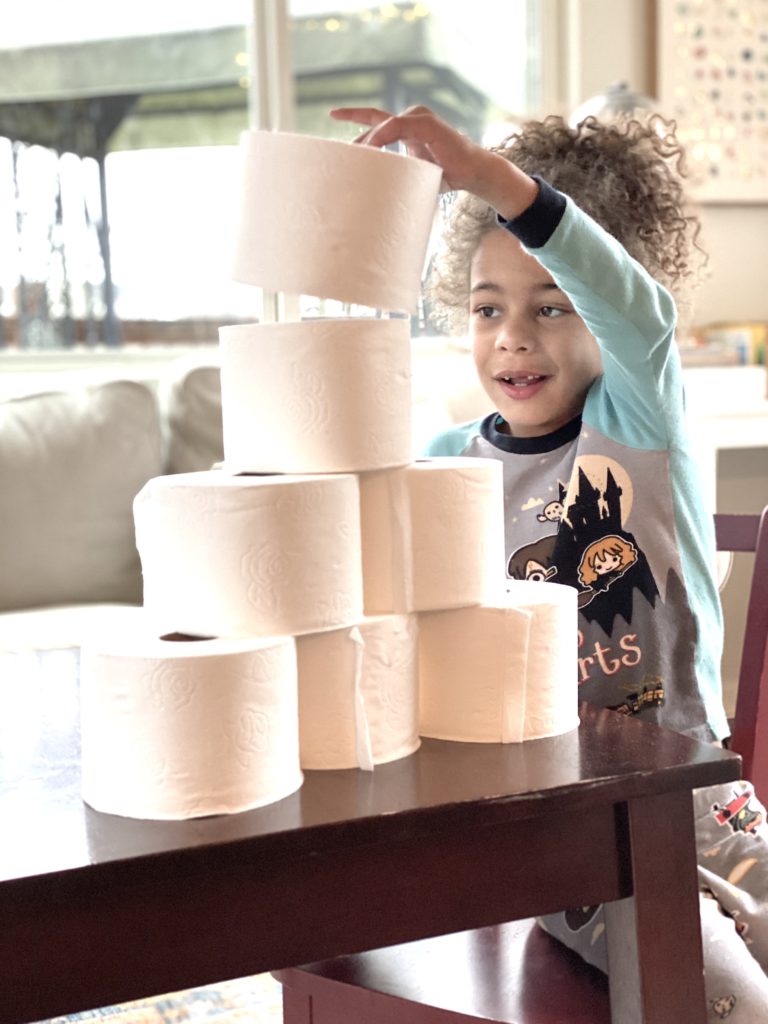
Practicing counting every day is essential for preschoolers as it lays the foundation for their mathematical skills and future success in math. Here are some reasons why counting practice is crucial for preschoolers:
There are many everyday opportunities in which children can practice counting. If you have little ones at home, gather up several rolls of TP and get to counting. Make sure they touch each roll as they count to help with one-to-one correspondence.
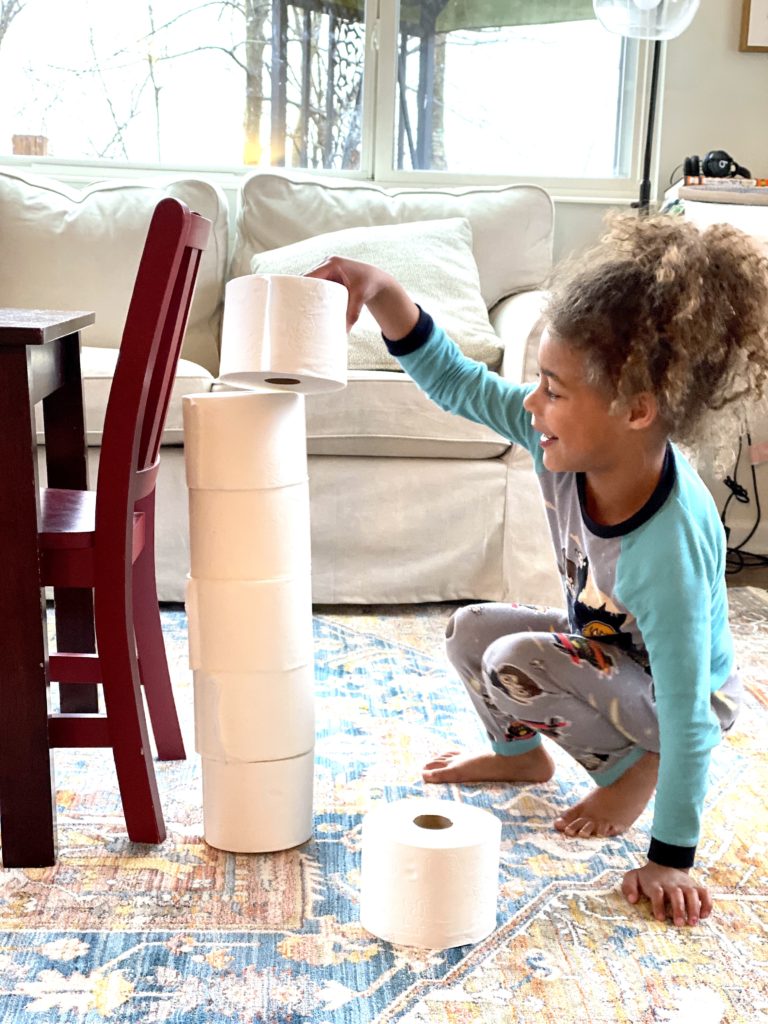
Before littles should ever have a ruler in hand, they should be measuring with a non-standard unit…like toilet paper 😉
Non-standard Measurement simply means you’re using a unit that isn’t typically used (i.e. inches, feet, centimeters, etc.) and instead using things like toothpicks, a shoe, a hand, or – in this case – toilet paper!
Here are some reasons why teaching non-standard measurement is important:
Below, Faith is measuring a chair in units of toilet paper.
This is an easy way to understand how to measure an object and count the units of measurement. Faith found that the chair is seven toilet paper rolls tall!
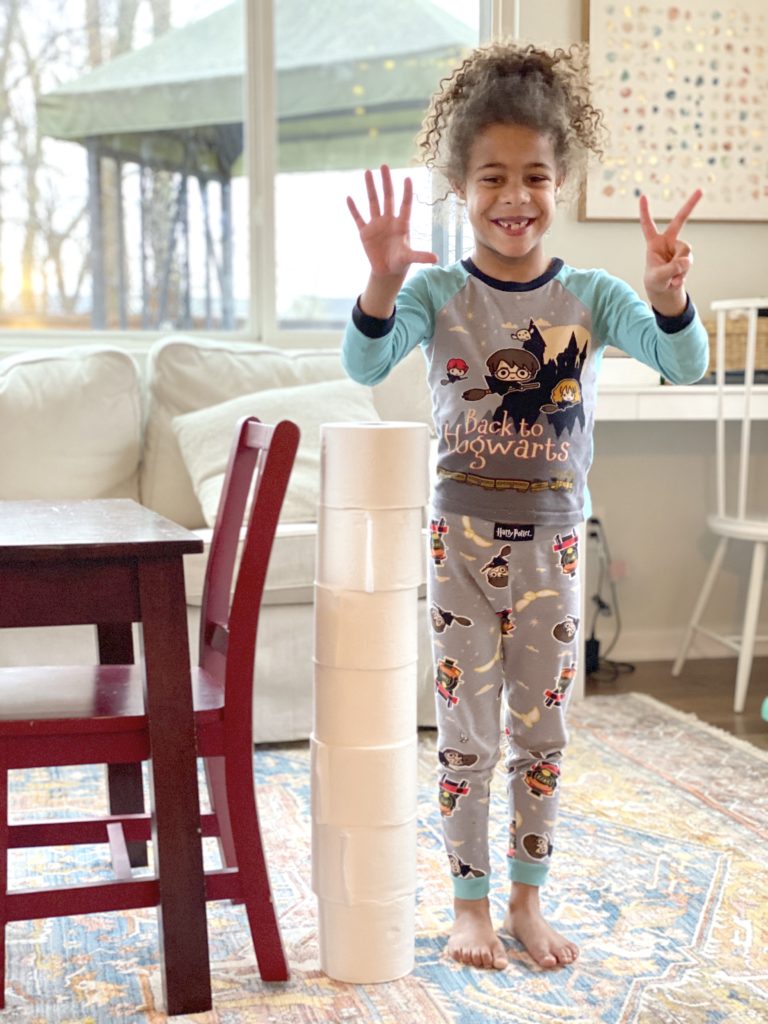
Writing numerals is a super important skill for children to learn as it forms the foundation of their mathematical abilities. It enables them to communicate their mathematical ideas, understand numerical relationships, and perform arithmetic operations. By practicing writing numerals, children also develop their fine motor skills and hand-eye coordination.
It also helps them to build confidence and encourages them to engage in problem-solving activities. Writing numerals is an essential life skill that children will use throughout their lives, from simple tasks such as writing their age or phone number, to more complex mathematical calculations in higher education and in their careers.
This is also a good time to work on writing numerals. Here are two recording sheets that you can download and print. Version One gives you set objects to measure and Version Two allows you to measure objects of your choice.

So, have some fun measuring objects with toilet paper! It will give you something to do if you have a few extra rolls than normal around the house, and your kids will think it’s hilarious to be doing school work with TP!
Grab a full week’s worth of fun and educational activities HERE! Oh, and they’re all FREE!
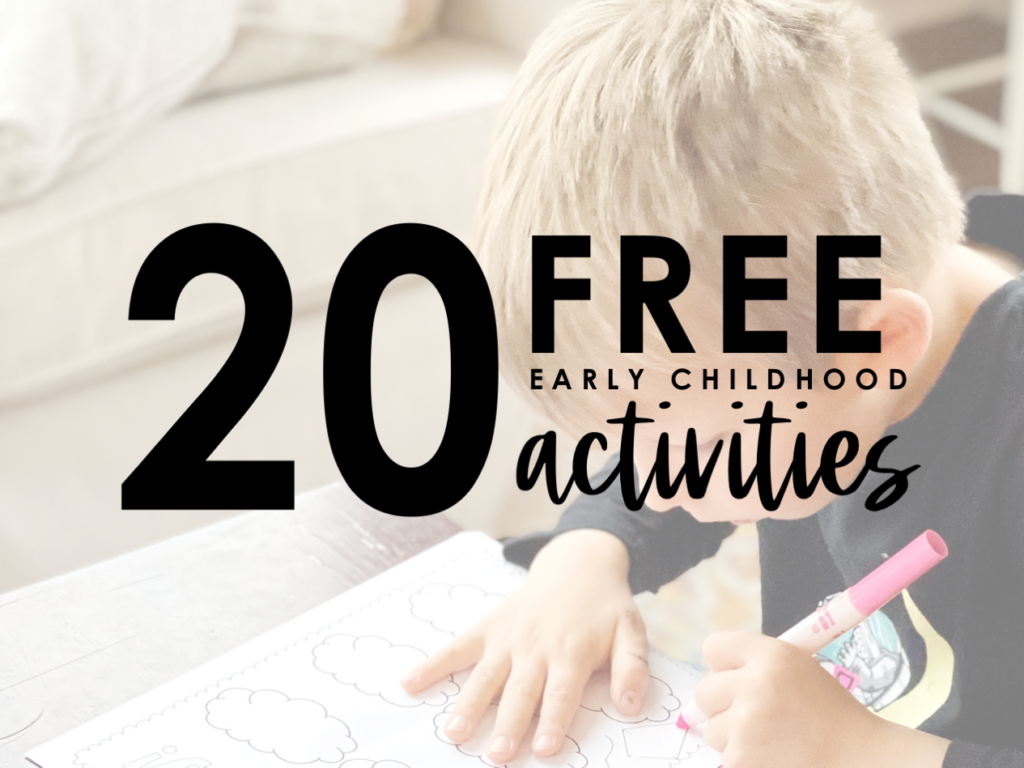
If you’re looking for additional resources for your preschooler, I recommend checking out The Little Learner. This is a workbook I made for my own kids and have available for purchase in my TpT shop. It’s not a necessity at all, but it may provide you with some additional support while you’re at home with your little ones 🙂 This post explains how it works.

If you do something at home or in your classroom, please share it with by tagging me @babblingabby on Instagram!
These FREE resources are an instant download upon a confirmed subscription.
Yay! I'm so excited to connect with you! Now check your email to confirm your subscription. You freebies will download instantly upon confirmation 🙂

Abby is a former kindergarten and first grade teacher who channels her passion for education into creating engaging activities and resources for the kindergarten and first grade classroom. When not dreaming up or working on her next project, you’ll find her enjoying her family – most likely in her minivan on the way to a soccer field.

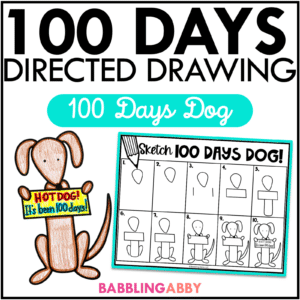
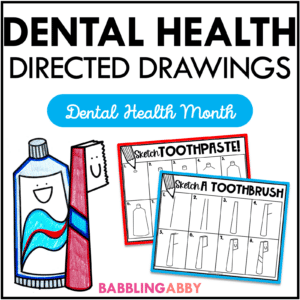


Help your students build their phonemic awareness with this simple segmenting activity. Get 25 FREE practice pages sent to your inbox today.
©2022 Babbling Abby. All Rights Reserved.